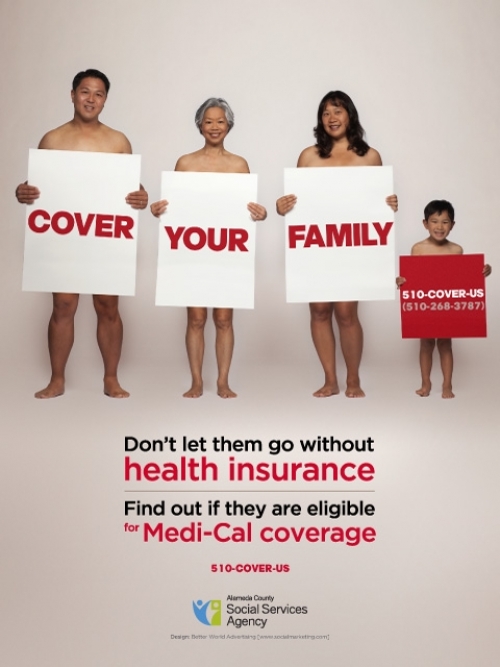Everything You Need To Know About Bipolar Disorder
Bipolar Disorder- The misconception
The Bipolar Disorder is a mental state or illness that is defined by the presence of at least one irritable or overly excited mood. It was previously called manic depression as it may contain hypo manic or nearly manic episode. Such intensive episode may last for a prolonged period and at the same time cause huge personal, social or professional problems. There are a number of factors that are effecting this disorder.[box type=”bio”] However, the exact cause has not been identified. Bipolar Disorder affects up to 7% of adults, equally afflicting man, and women. [/box]
Types of Bipolar Disorder
There are two types of Bipolar Disorder, labeled as Bipolar I and Bipolar II disorder. The first type involves periods of severe mood episodes while the second type is a minor form of mood elevation that is involving smaller episodes of depression or hypomania.
The symptoms of bipolar disorder are the most common between 18 and 30 and from 50-55 years of age. Serious life stressors may trigger the onset of this mood disorder, so the risk factors include a family history of abuse disorder or collective depression.

The Major Risk Factors for Bipolar Disorder
- Alcohol, drug and substance abuse
- Sudden life changes
- Cyclothymia
- Stress
- A family history of psychological disorders
Bipolar Disorder and Addiction
 About 60 % of individuals with bipolar disorder had experienced alcohol or drug addiction during their lifetime, about 45 % were addicted to drugs or had abused drugs, and approximately 50 % of that group were addicted to alcohol or had abused alcohol. However, there is no easy explanation for such high rate of chemical dependence and substance abuse. One reason for this symptom may be found in a fact that a large percentage of sufferers attempt to self-medicate with alcohol and drugs to nullify the painful symptoms of their disorder. It is bare fact that symptoms of bipolar disorder are so alarming that many individuals will turn to drugs, as an easy way out from sleeplessness, pain, depression and anxiety.
About 60 % of individuals with bipolar disorder had experienced alcohol or drug addiction during their lifetime, about 45 % were addicted to drugs or had abused drugs, and approximately 50 % of that group were addicted to alcohol or had abused alcohol. However, there is no easy explanation for such high rate of chemical dependence and substance abuse. One reason for this symptom may be found in a fact that a large percentage of sufferers attempt to self-medicate with alcohol and drugs to nullify the painful symptoms of their disorder. It is bare fact that symptoms of bipolar disorder are so alarming that many individuals will turn to drugs, as an easy way out from sleeplessness, pain, depression and anxiety.
Major Phases of Bipolar Disorder
- Manic Episode
[box type=”download”] Manic phase is a specific symptom of bipolar disorder, and it can include extreme conditions and actions like racing thoughts, rapid speech, uncontrolled behavior, excessive spending or sexual behavior.[/box] In this phase, increased creativity or euphoria are very common. People experiencing this phase are hyperactive, they sleep very little and tend to act without self-control.

Depression
Noteworthy sadness, hopelessness, irritability, uselessness and a decrease or increase in sleep, weight, or appetite are the typical depressive symptoms caused by bipolar disorder. Bipolar disorder depression can result in serious suicidal thoughts and behavior so that it may be characterized as the major depressive episode of the disorder mixed with specific mood swings. Depression may be associated with manic fear, phobias or sudden panic attacks. Bipolar Disorder Depression is mainly categorized with the loss of interest and energy, feelings of sadness and hopelessness combined with sudden changes in appetite …

